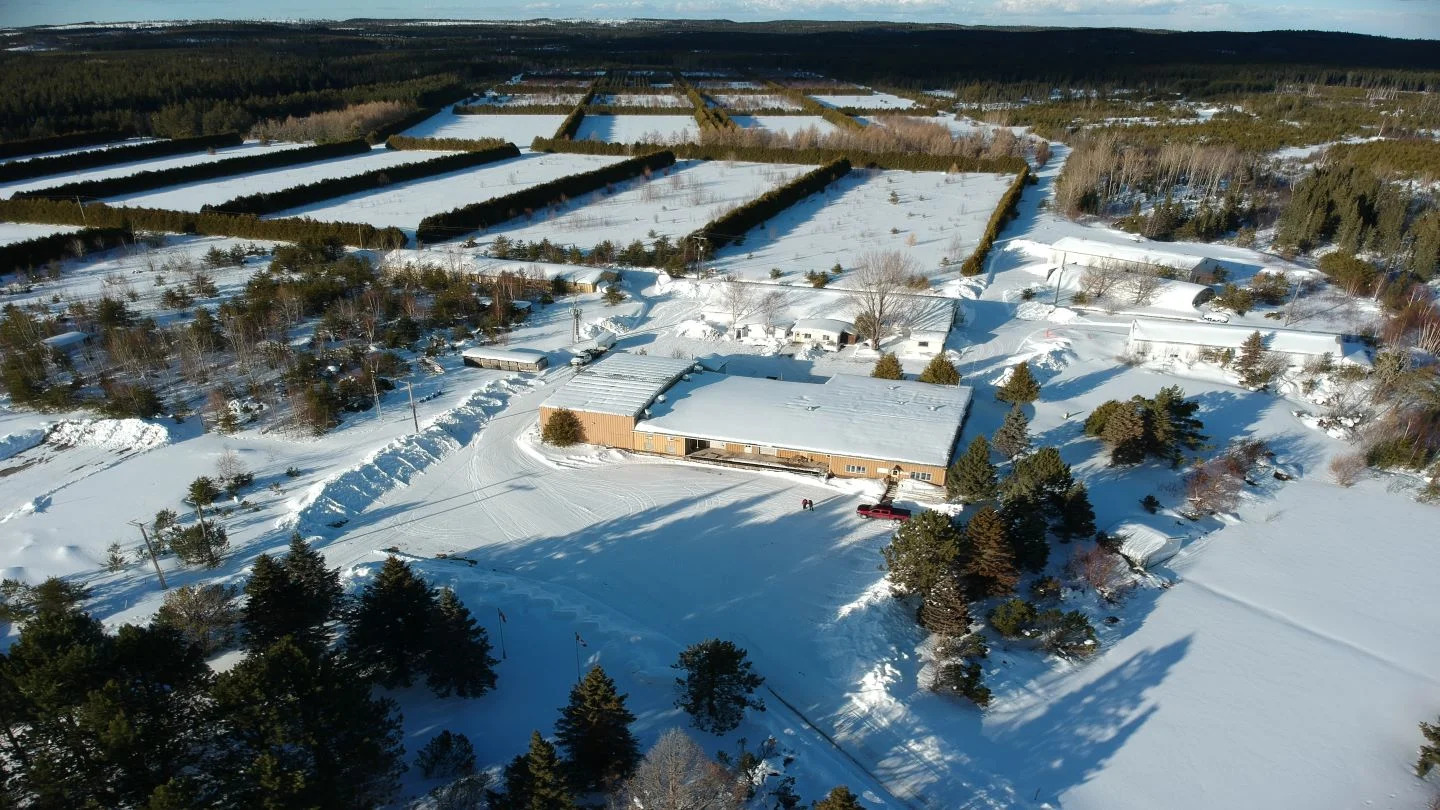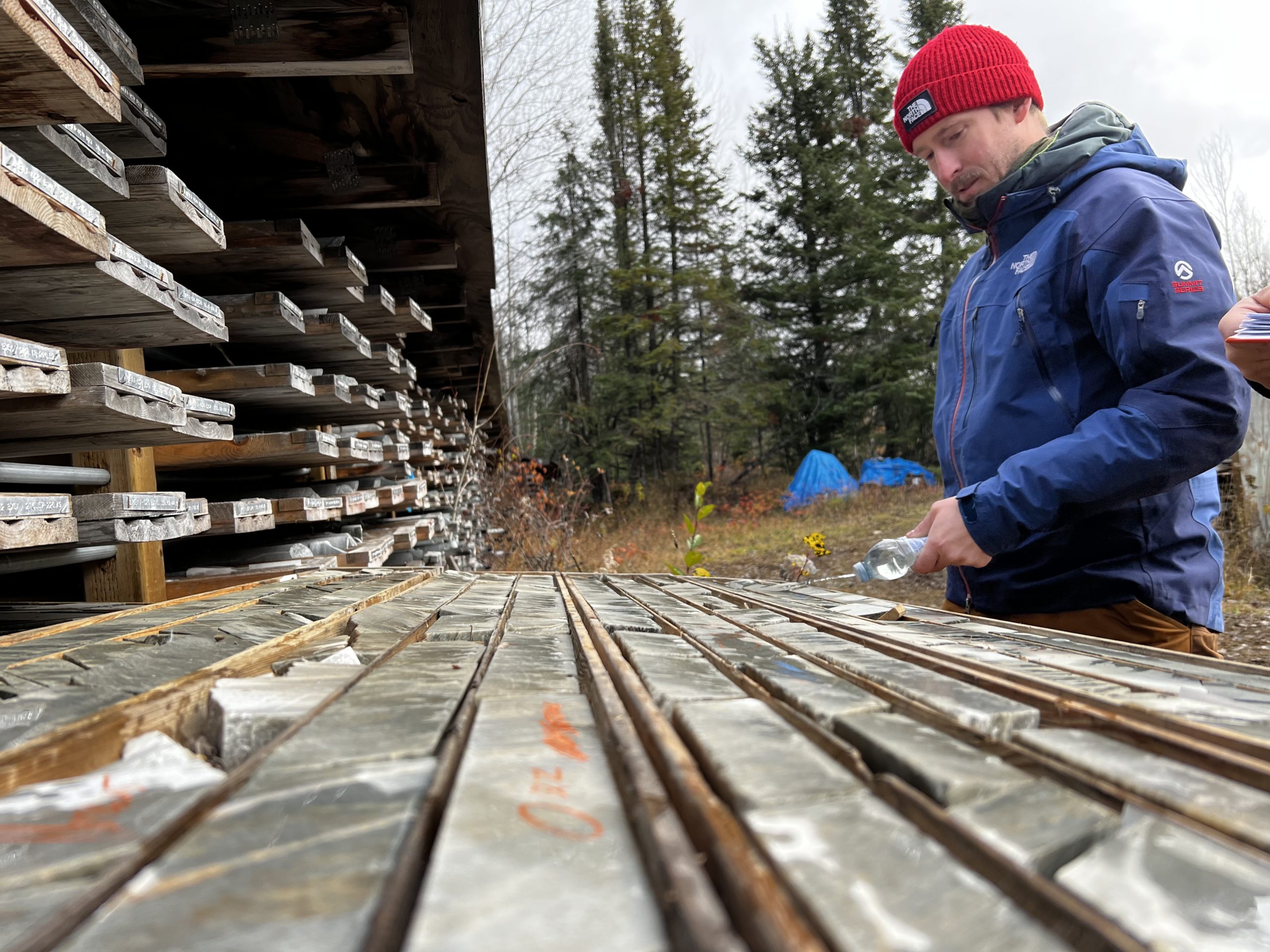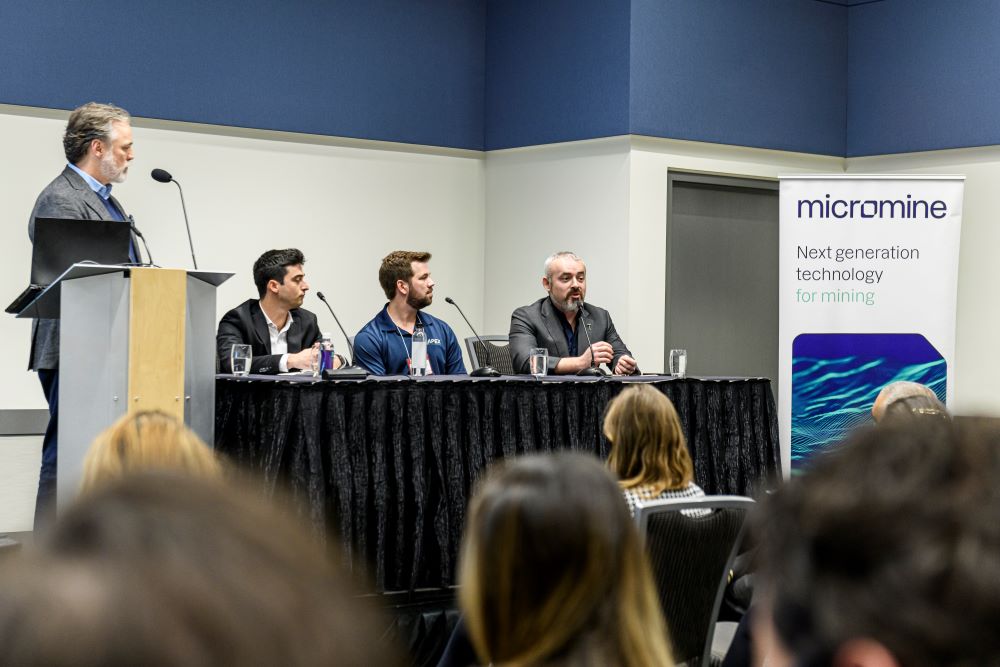Two Alberta companies use coal by-products in unique ways
Coal, the other “black gold,” is one of the more abundant yet least popular rocks on the planet. It’s not only one of the dirtier components within the earth’s make-up to mine, but it’s also one of the more potentially dangerous sources of toxins when it’s burned to produce power.
But, like almost all things on earth, it has its good side too, and that’s exactly what Black Earth Humic LP of Ryley, Alberta, has discovered by using humalite (a weathered type of sub-bituminous coal found only in Alberta) as a fertilizing agent in its agricultural products.
As Black Earth’s Sales and Marketing Manager Brett Halliday explains,” “Humalite has an unparalleled power to improve soil conditions and promote growth in plants. It can also be used to remediate soil from hydrocarbon and salt contamination.
“The remediation action comes largely from humalite’s ability to add available carbon and therefore, improve soil texture and water retention, and enhances growth and metabolism in soil microorganisms.” Of particular interest to the mining industry, Halliday says that due to humalite’s ability to chelate metals, humic substances can also help reduce the toxicity of mine tailing and improve their soil texture. In waste, they help reduce odour and enhance the digestion of sludge.
When added to groundwater, Halliday says humic substances help flush out hydrocarbons in fractured rocks, and when combined with ammonia and certain minerals, will help compact and stabilize soil.
Adding carbon to the soil not only improves the soil texture and water retention capabilities, but Halliday says, most importantly, it’s environmentally safe and it won’t harm any living organisms.
Understandably, the exact recipe for using humalite in the production of Black Earth’s liquid and granular agricultural products is confidential, but regardless of its state, getting the products to market must be containerized and in the case of the solid matter, it’s shipped in bulk bags for the majority of sales. They get loaded onto flat-bed trucks, covered with a tarp, plus in vans and also into ocean containers. Products are sold and shipped in bags to more than 30 countries around the world so that regional farmers can experience the benefits.
And that’s where another Alberta company, MiniBulk of Calgary, comes in with its FIBC’s (Flexible Intermediate Bulk Containers) or, bulk bags, that are designed to handle average loads up to 1000kg of Black Earth’s humalite; a soft, brown coallike material.
Marty Dilworth, MiniBulk’s Business Development Manager, says the bags his company manufacturers are well suited for the humalite because of their strength, plus they’re flexible and make shipping and storage easier and safer because the soft sides help prevent any damage to trucks or other containers.
As for the structural makeup of the bags, Dilworth says, “The material used is polypropylene, a by-product that comes from oil refineries. The polypropylene is extruded into tapes that are woven together into a very strong fabric. Once the fabric is made, it gets cut into sections that are sewn together to make a proper bag.” The average bulk bag, as mentioned earlier, is designed to hold 1000kg, however, Dilworth says with stronger and thicker fabric, custom designs can hold a lot more.
“We carry a stock bag that has a SWL (Safe Working Load) of 1850kg. The industry standard of the Safety Ratio is 5:1. That is, a 1000kg bulk bag has to pass a load test of 5000kg before failure. The 1850 SWL load bag has to stay together until at least 9250kg of pressure has been exerted.” Dilworth says that testing methods vary, but the most common way to establish the 5:1 Safety Ratio is to hang the bag by four loops on a testing rig. The bag is then filled with a medium, and a large steel plate is pushed down into the bag.
He says the bags must carry five-times their SWL to pass inspection.
Obviously, the combination of two by-products from two of Alberta’s primary industries (coal and oil) is working well for Black Earth Humic LP and MiniBulk, and both companies are to be congratulated for their imagination and innovation.





Comments